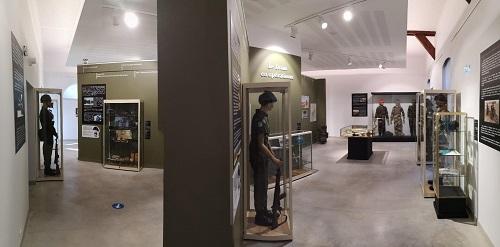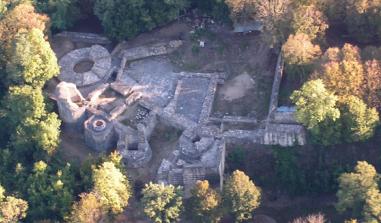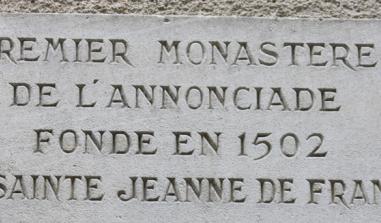The Unit Train Museum

Une salle du musée. Source : Musée du train et des équipages militaires
The museum is currently closed awaiting its grand public opening.
Transfer of the collections from the museum to Bourges:
Occupying the prestigious premises of the Condé Pavilion since 1978, in the Beaumont district of Tours, the museum was moved to Bourges in summer 2009 to a former commanding officer’s villa, refurbished for this purpose.
This charming building and its fascinating layout provide the perfect setting to display the collections presenting the various stages of the development of the unit train from its creation by Emperor Napoleon on 26 March 1807 to modern times.
Through a dozen rooms, visitors can discover, uniforms, models, military decorations, paintings, personal objects and more.
Empire room: Placed under the responsibility of the Supply Corps, the “military transport crews”, created on 26 March 1807 in Osterode (Poland) to compensate for the poor transport resources, counted up to 24 battalions and participated in the campaigns in Poland, Spain, Austria, Russia (1812), Germany and France. A room of figurines completes the display.
Restoration room: After a difficult time, the military crews train returned to glory during the Conquest of Algeria in 1830. A collection of Arabian fire arms and knives are souvenirs of this campaign.
Second Empire/Third Republic room: Uniform items and various other objects illustrating the imperial splendour of the time. The unit train crews participated in campaigns in far-flung places from the Empire (Crimea, Italy, Mexico). After the defeat of 1870, it reported to the artillery (1875) and took part in all the Third Republic's colonial conquests.
1914-1918 room: The Great War saw the introduction of the Automobile Service that made a name for itself in 1916 along the Sacred Way. In 1919, the automobile service merged with the military crews train. After becoming simply “the train” in 1928, it was then teamed with the cavalry.
1939-1945 room: After working side by side with their horse-mounted comrades in the heroic battle on the bridges of Saumur and many taking part in the underground struggle in the dark years of the Second World War, the train followed the roads to freedom from Chad and Italy to the Rhine and the Danube. In 1945, the train became independent and its officers’ training school was set up in Tours in the Beaumont district.
The tour continues on the upper level:
Indochina room: From 1946 onwards, the train was made a part of the Far East Expeditionary Corps and fought on all of Indochina's communication routes until 1954. It forged a reputation for itself on the colonial route no 4 in Annam, Cochincina. It became amphibious with its waterway squads and airborne with its air drop supplies companies.
Algeria room: During the peace-keeping operations in Algeria, the train took on more traditional functions, infantry fighting and mainting order with the creation of eight marching battalions and one battalion for protecting rail cargo.
Contemporary room – Overseas operations: Since 1978, the train has been continuously engaged in all theatres of war, taking part in violence control and peace-keeping operations.
Today, integral to the logistics chain, the train is the support branch for operations deliveries and resupplying support.
The visit ends with a room dedicated to veterans and badges.
Musée du train
Écoles militaires de Bourges
BP 50709
18016 Bourges cedex
Getting there, opening times and contact
Tel: +33 (0)2 48 68 76 45 (curator)
Tel: +33 (0)2 46 08 81 10 (deputy curator)
Tel: +33 (0)2 48 68 74 39 (secretariat)
Fax: 02 46 08 81 09
Email: museedutrain.emb@terre-net.defense.gouv.fr
Practical information
Avenue Carnot - Écoles militaires - 18000
Bourges
Tuesday to Thursday 8.30 to 11.30 am and 1.45 to 6.00 pm Please make an appointment 48 hours ahead of your visit. Weekends subject to conditions (please call +33 (0)2 48 68 74 39 to enquire) OPEN TO DEFENCE PERSONNEL
15 December to 15 January and the month of August



